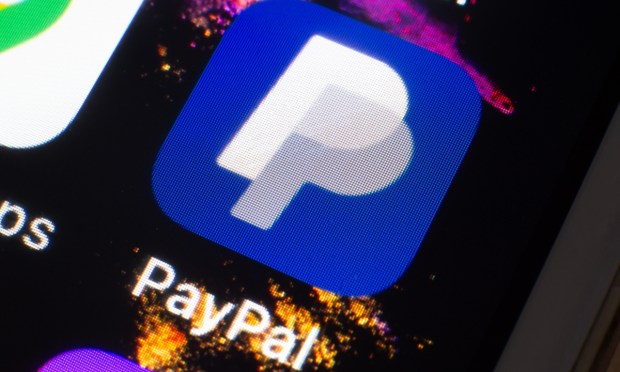Nearly 1 in 5 Social Media Shoppers Used PayPal for Their Most Recent In-App Purchase

Social media platforms like Facebook, Instagram and TikTok have revolutionized the way consumers shop and interact with brands, with each channel meeting different consumer interests and needs.
While not all users make purchases from their discoveries, more than 40% of consumers use their social media feeds to find goods and services, with these platforms attracting twice as many browsers as buyers.
These are some of the key findings in “Tracking the Digital Payments Takeover: Monetizing Social Media,” a report by PYMNTS Intelligence and Amazon Web Services (AWS). The study was based on a survey of nearly 3,000 consumers and explored the key factors that drive them to make purchases on social media platforms as well as the payment methods used for these transactions and what merchants must do to boost conversion.
Per the study, one of the appeals of social media shopping is the ease and convenience it offers. Users can quickly switch from browsing to buying as soon as they discover attractive products and new merchants. The survey also found that 32% of consumers transact on social media because it is easy and familiar, while 28% value the swift purchase process when drawn to a product.
Another key finding is that when it comes to completing transactions on social media, consumers have a variety of payment methods at their disposal. Credit cards stand out as the primary choice, used by nearly 30% of social media shoppers for their latest in-app purchases. Debit cards follow at 24%, surpassing PayPal (18%), cryptocurrency (7.5%), Apple Pay (5.2%) and Amazon Pay (2.3%).
Despite the potential of social media as a retail platform, many consumers still have concerns about the authenticity of merchants. The survey revealed that 37% of consumers who do not transact on social media are skeptical about sharing their personal data safely, and 31% doubt the legitimacy of sellers on social media platforms.
Other common reasons that dissuade consumers from making transactions on social media include apprehensions regarding product quality, cited by 27% of respondents, while 17% harbor fears of being unable to get a refund in case of purchase issues.
Building trust and addressing these concerns will be crucial for retailers to drive more sales on social media. Additionally, “enabling the type of on-platform impulse buying that social media users crave will require merchants to provide payment options that will capture their spend,” the study noted.
As social media continues to evolve, retailers must stay updated on consumer preferences and adapt their strategies accordingly. By understanding the payment methods consumers use and addressing their concerns, retailers can leverage social media to drive sales and create a seamless shopping experience for their customers.
